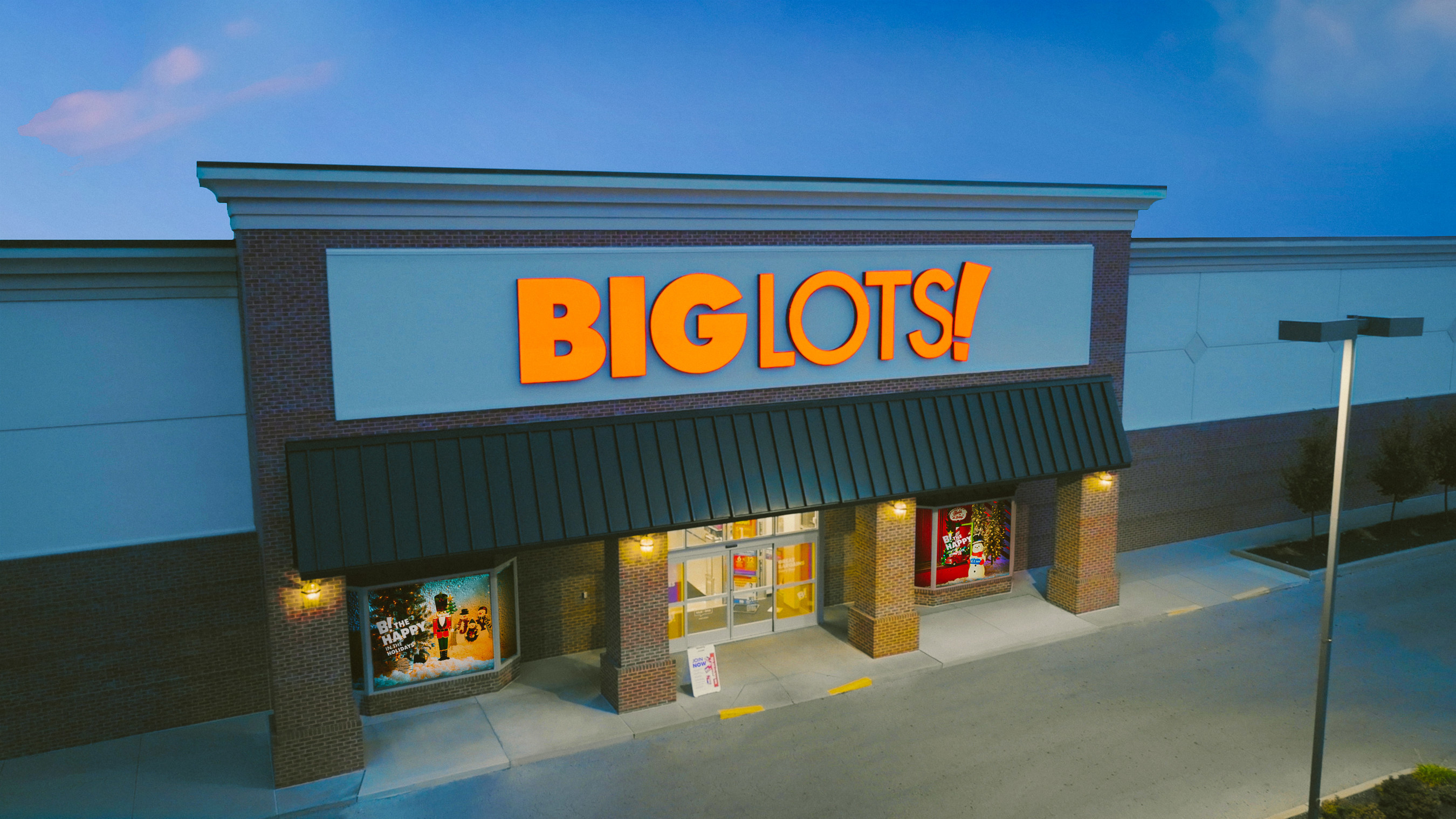
Big Lots (NYSE:BIG) reported an EPS of -8.04, significantly below estimates, alongside a slight revenue beat at $1.05 billion.
The company is undergoing a Chapter 11 restructuring and was acquired by Nexus Capital Management for $760 million.
Key financial metrics indicate challenges in profitability and cash flow efficiency, with a negative PE ratio TTM of approximately -0.03 and an EV to Operating Cash Flow TTM of -10.03.
On Thursday, September 12, 2024, Big Lots, a discount home goods retailer, reported its earnings before the market opened, revealing an earnings per share (EPS) of -8.04, which was significantly below the estimated -3.71. Despite this, the company’s revenue for the period was approximately $1.05 billion, slightly surpassing the estimated revenue of $1.04 billion. This financial update comes at a critical time for Big Lots, as the company is navigating through a significant period of change, including a Chapter 11 restructuring and an acquisition by Nexus Capital Management for $760 million, as reported by Invezz. Under the leadership of President and CEO Bruce Thorn, Big Lots is facing a challenging economic environment that has particularly impacted its core demographic of lower-income customers. These customers are facing considerable financial pressure, limiting their ability to make discretionary purchases, especially of higher-ticket items in home and seasonal categories. The downturn in comparable sales by 14.6% is attributed to these economic pressures, alongside high inflation rates that have hit lower-income consumers the hardest. This has led to a decrease in spending on non-essential goods, forcing Big Lots to adopt a defensive strategy over the past 18 months as the consumer landscape rapidly worsened.
Despite these challenges, Bruce Thorn outlined key strategies for the retailer’s turnaround during the second-quarter earnings call. These strategies aim to address the company’s current difficulties, seek sequential improvements, and stabilize the financial position of Big Lots amidst a very challenging environment. The company’s financial metrics reveal a unique position in the market, with a negative PE ratio TTM of approximately -0.03, indicating challenges in profitability. However, its very low price to sales ratio TTM at roughly 0.003 suggests its stock might be undervalued based on sales.
The company’s EV to Sales TTM stands at 0.51, which could indicate the company is reasonably valued in terms of its enterprise value relative to its sales. However, the EV to Operating Cash Flow TTM is significantly negative at around -10.03, highlighting potential concerns regarding its cash flow efficiency. The earnings yield TTM is also deeply negative at approximately -31.88%, further emphasizing profitability issues. The debt to equity TTM ratio is negative at about -15.16, which could suggest a complex capital structure or accounting adjustments. The current ratio TTM of 0.74 indicates a tight liquidity position, potentially signaling challenges in covering short-term obligations.
Big Lots’ strategic shift, including the Chapter 11 restructuring and acquisition by Nexus Capital Management, reflects the significant challenges within its business model and the broader economic pressures it faces. Retail analysts point out that the bankruptcy filing reveals deep-rooted issues in Big Lots’ operations, particularly in adapting to a market that increasingly values convenience, variety, and unique offerings. The rise of eCommerce and changing consumer preferences have caught Big Lots off guard, exacerbating its difficulties in maintaining market relevance. Additionally, a limited online presence has further hindered Big Lots’ ability to compete effectively in the retail landscape.
